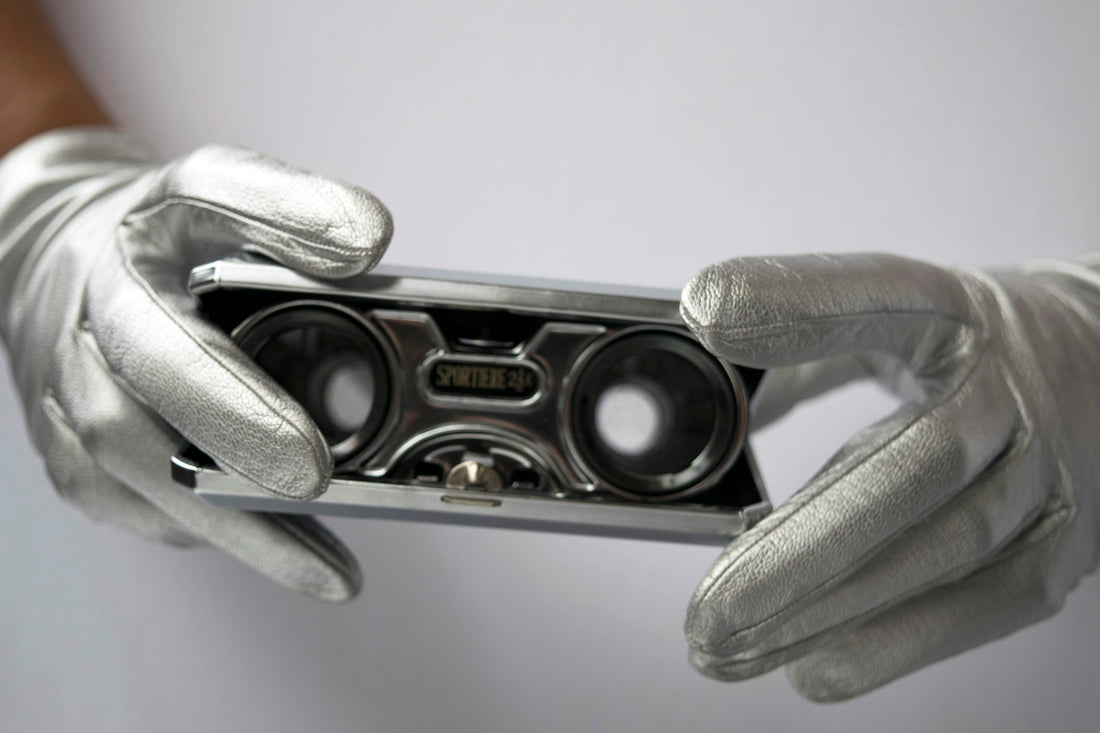
Magnifying the History of Binoculars
Magnifying the History of Binoculars
By Paige McKirahan
As a direct descendent of the telescope, binoculars are a little bit more portable; whether you need a close look at a sporting event or are trying to see some big game in the woods, the functionality of binoculars are unmatched. The question we are posing, though, is how this steampunk-approved device came into circulation.

Though the birth of the telescope is seen as somewhat of a mystery in the realm of history and science, Hans Libbershey is the first to be credited with the invention. The Holland based spectacle-maker was the first to attempt obtaining a patent for the star-gazing instrument in 1608, making it widely known regardless of his connection to its creation. Galileo Galilei, the great Italian scientist, introduced the device to astronomy in the following year; he used it be the first to see craters on the moon, as well as sunspots, Jupiter’s moons, and Saturn’s rings. This telescope begun an astronomical revolution and consisted of two lenses: the objective and the eyepiece. The objective were the convex lenses and the concave lenses at the eye-facing end were dubbed the eyepiece

Two of Galileo’s first telescopes
(image credit to pinterest.com)
These lenses allowed Galileo to magnify objects up to thirty times, but a major design flaw regarding back draw gave the telescope a very narrow field of vision, forcing the user to constantly move the device when viewing details in the distance. Looking to combat this flaw, Johann Voigtlander did so by creating the first set of binoculars, affectionately known as Galilean binoculars, in the 1820s. After he managed to repair the back draw issue, he also added eye tubes, which are used to better focus images.

Galilean binoculars
(Image credit to Wikipedia.com)
This style was extremely popular for the next three decades in the theatre, social events, and outdoor activities. They were often detailed with pearls, silver, gold, bone, or colored leather and were modified to resemble fancy glasses used at the opera. In 1854, though, a new type of binoculars took hold of the public; Italian optician Ignazio Porro’s innovative Porro Prism binoculars had a wider range and were better performing than their predecessor, making Galilean styles almost obsolete. From then on, inventors and innovators continued developing new binocular designs, ultimately shaping them into what they are today. Steampunk connoisseurs and sportsman alike love the instruments, with the former being more so interested in vintage, rustic styles. The creation of the piece and the overall look fits perfectly into the steampunk aesthetic and allows those dressing in the style to display their love for innovation.


Opera glasses and steampunk binoculars
(image credits to pinterest.com)
